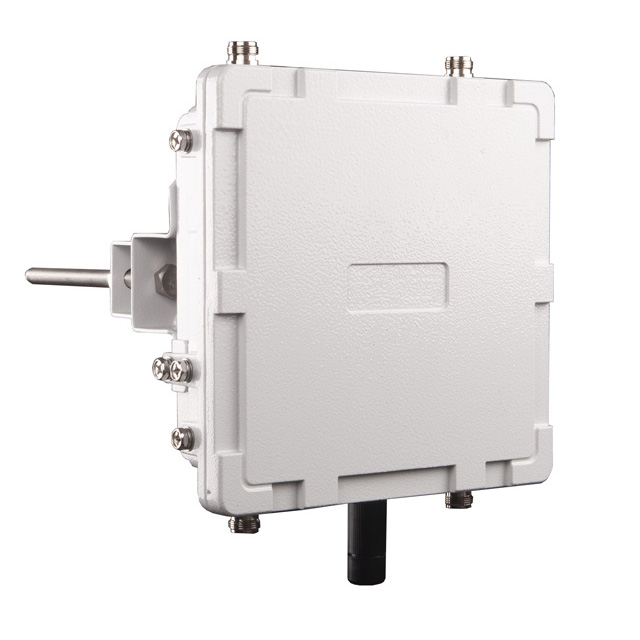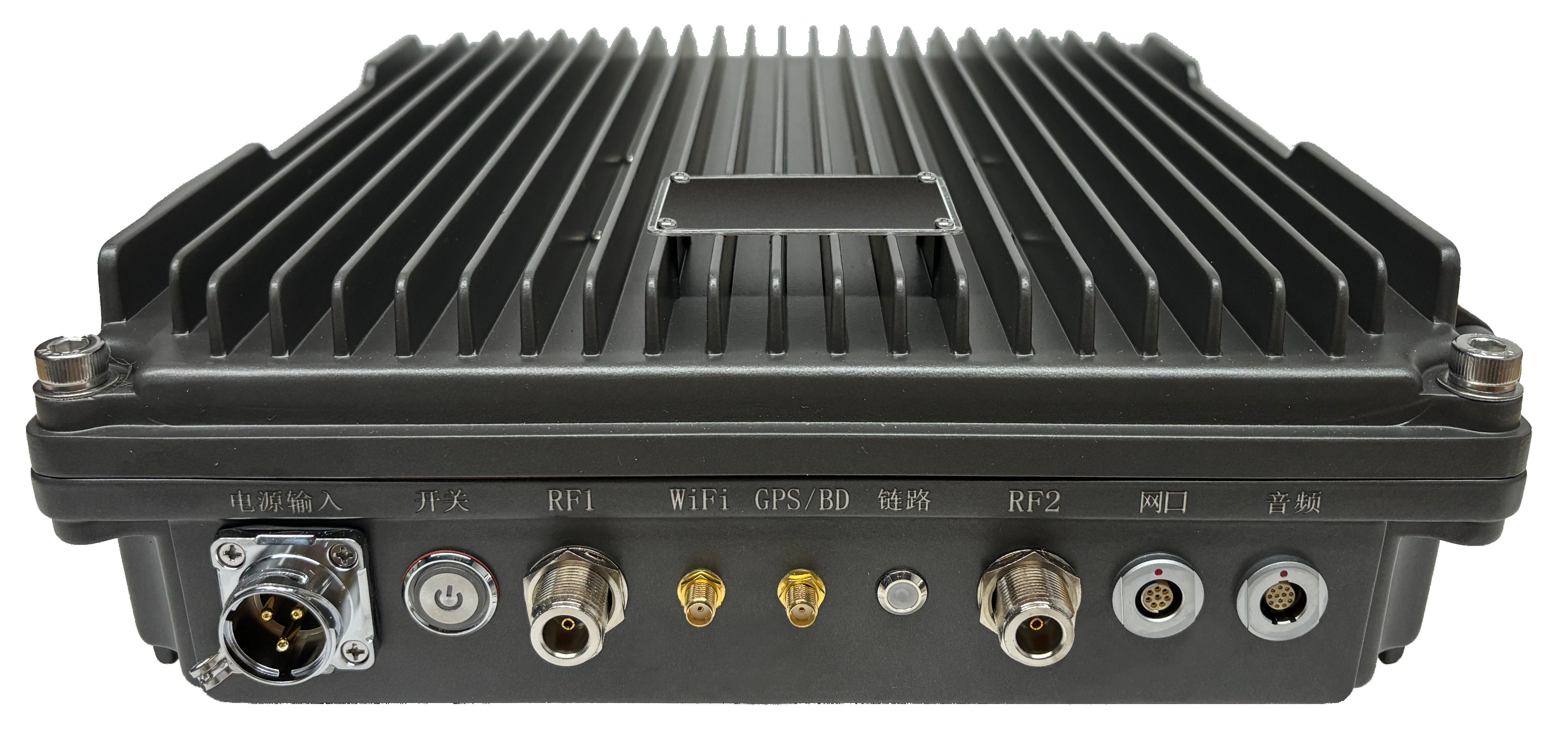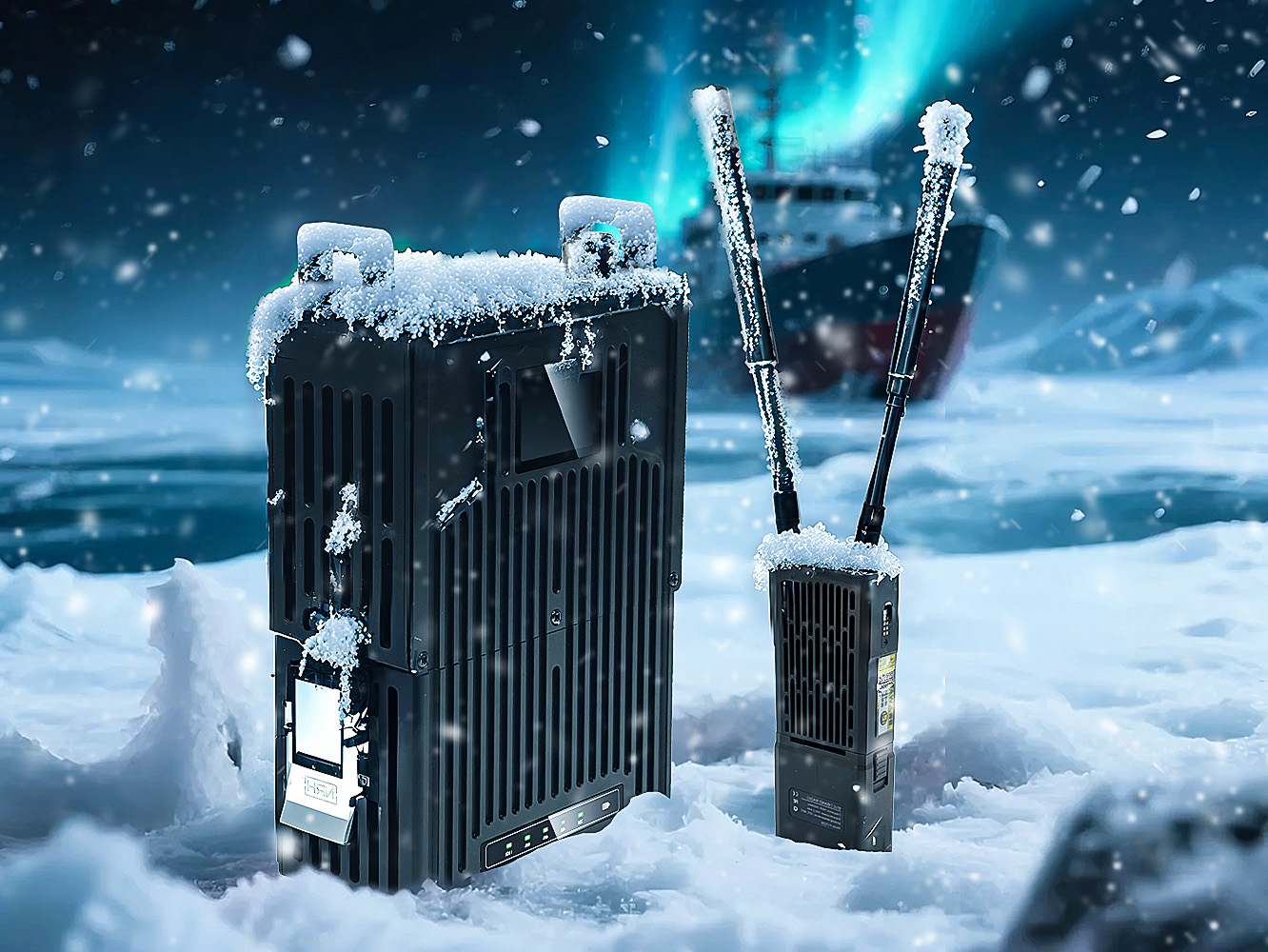How High-Bandwidth MESH Communication Devices Ensure Stable Wireless Video Transmission
In the age of real-time surveillance, drone-based inspections, mobile broadcasting, and unmanned missions, wireless video transmission has become essential to critical applications in both civilian and military domains. However, high-definition (HD) or even ultra-HD video streaming places intense demands on bandwidth, latency, reliability, and network resilience—especially in dynamic, mobile, or infrastructure-limited environments.
This is where high-bandwidth MESH communication devices step in. These advanced systems combine the decentralized nature of MESH networking with powerful data throughput capabilities, creating a robust foundation for stable wireless video transmission across complex terrains and mission-critical scenarios.
Challenges in Wireless Video Transmission
Before diving into how MESH solves the problem, it’s important to understand the unique challenges of wireless video communication:
High Data Rate Requirements: 1080p video typically requires 4–8 Mbps, while 4K video may demand 15–25 Mbps, depending on the compression.
Latency Sensitivity: For real-time monitoring, latency must be kept under 150ms to ensure a smooth video experience and accurate remote decision-making.
Unpredictable Environments: Mobile scenarios like UAVs, tactical teams, or vehicles face signal loss due to obstacles, multipath interference, and dynamic topologies.
Interference & Congestion: Operating in crowded RF environments (urban areas, stadiums, industrial zones) can introduce channel overlap and packet loss.
Network Failures: In traditional point-to-point systems, a single node failure may disrupt the entire communication line.

How High-Bandwidth MESH Devices Address These Challenges
1. Multi-Hop Redundancy for Coverage and Stability
MESH networks consist of multiple nodes, each capable of acting as a transmitter and relay. In video transmission applications:
If the direct line-of-sight is blocked, the data reroutes through alternate nodes.
Multi-hop forwarding extends the effective range of video transmission far beyond single-link systems.
Redundancy eliminates single points of failure—if one node drops, others pick up the load.
2. Dynamic Routing to Avoid Congestion
MESH systems use intelligent routing protocols (such as OLSR, BATMAN, or proprietary AI-based algorithms) that:
Continuously analyze link quality
Choose the most efficient path based on real-time conditions
Adapt to changing topologies caused by movement or environmental changes
This ensures that video streams are always routed through optimal paths, reducing jitter and packet loss.
3. High Data Throughput Support
Modern MESH modules equipped with:
Multiple-Input Multiple-Output (MIMO) antennas
Dual-band operation (2.4 GHz and 5.8 GHz)
Wide bandwidth channels (20/40/80 MHz)
can deliver up to 30 Mbps or more per node—enough for full HD or even 4K video streams. This makes them ideal for scenarios like:
Drone aerial footage transmission
Tactical helmet-cam broadcasting
Vehicle-mounted surveillance
Remote field reporting
4. Low-Latency Transmission Optimization
Specialized hardware and firmware in high-end MESH devices minimize processing delay. Features such as:
Low-latency video encoding (e.g., H.265 hardware encoding)
Real-time protocol prioritization (QoS settings)
UDP-based transport layers (instead of TCP) for real-time delivery
help maintain sub-100ms latency, critical for command-and-control centers or live broadcasts.
5. Seamless Roaming and Self-Healing
In mobile applications—such as drone patrols or moving convoys—MESH devices allow seamless handoff between nodes without interrupting the video stream. The network’s self-healing capabilities also automatically restore video links if one relay point goes down.
6. Secure Transmission with Encryption
Wireless video often carries sensitive visual data. High-bandwidth MESH systems support:
AES-128/256 encryption
Secure key exchange protocols
Authentication and access control
to prevent interception, jamming, or spoofing—even in contested environments.
Key Application Scenarios
In UAV surveillance, MESH networks enable multi-hop transmission through mobile nodes, ensuring stable long-range delivery of high-definition video streams for remote command and monitoring.
For border security, MESH systems maintain continuous and reliable video links even in areas lacking cellular coverage or with network gaps, ensuring persistent situational awareness.
During emergency rescue operations, MESH networks allow first responders’ body cameras and drones to share real-time video feeds, enhancing on-site situational awareness and coordination.
In industrial monitoring environments, MESH technology facilitates wireless video transmission without the need for complex cabling, providing flexible and efficient surveillance in large, complex facilities.
In tactical operations, soldiers’ communication devices leverage MESH networks to transmit live video feeds, significantly improving battlefield situational awareness and decision-making.
Best Practices for Deployment
Use Directional or High-Gain Antennas for long-distance video backhaul.
Configure QoS Settings to prioritize video packets over lower-priority data.
Plan Node Placement Strategically, ensuring line-of-sight and avoiding RF obstacles when possible.
Choose Weatherproof and Rugged Devices for outdoor deployment (IP66+ rating).
Incorporate Power Backup or Solar Charging to ensure 24/7 availability.
Conclusion: Video-Ready MESH—The Future of Wireless Visual Intelligence
Stable, high-quality wireless video transmission is no longer a luxury—it’s a necessity across industries and operations. High-bandwidth MESH communication devices provide the infrastructure needed to stream, monitor, and respond to visual data in real time, even in the most challenging conditions.
Whether you’re flying a surveillance drone over remote terrain or broadcasting from a disaster site, MESH networking ensures your visuals stay sharp, your network stays stable, and your mission stays on course.
About TuQian Wireless
TuQian Wireless is a trusted innovator in advanced MESH networking and video transmission technology. With a product lineup designed for field operatives, UAV platforms, mobile command units, and industrial applications, TuQian delivers robust, real-time communication solutions that excel in both urban and remote environments.
Key TuQian offerings include:
High-bandwidth MESH transmission modules
Vehicle-mounted video relay systems
UAV-integrated MESH systems with HD encoding
2.4G fiberglass omnidirectional antennas
100AH solar-powered mobile base stations
TuQian Wireless empowers customers with dependable, scalable, and secure video communication—ready for the demands of modern operations.
-
 2025-10-28
2025-10-28 -

Applications of IP Mesh Radios in Military and UAV Communication
2025-10-28 -

What Is Long Distance Communication and How Does It Work?
2025-10-20 -

What Are the Four Types of Wireless Data Transmission?
2025-09-11 -

Which Wireless Technology Is Used for Long Distance Communication?
2025-09-02 -

How Does Microwave Power Transmission Work?
2025-08-18 -

What Is Microwave Transmission?
2025-07-30 -

Industrial MESH Networking Equipment Selection Guide
2025-07-18








